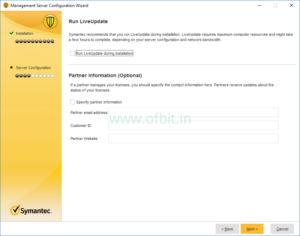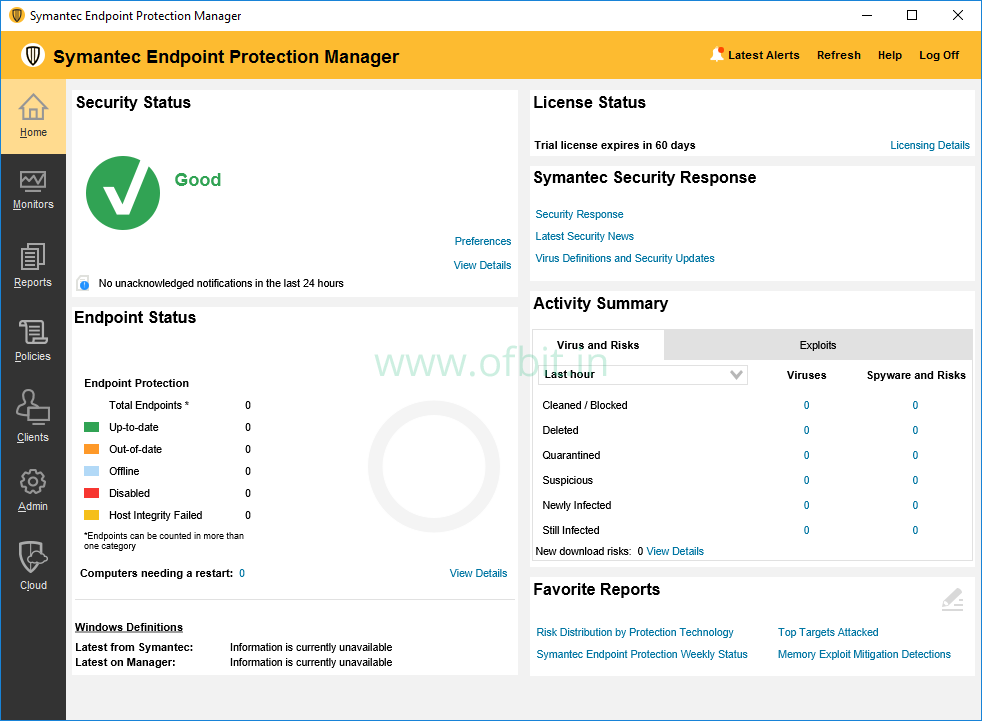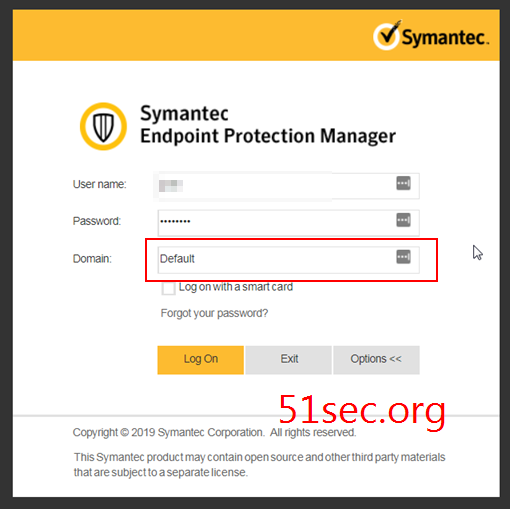

The MSI string changes with every new SEP release, in this method you don't have to mention MSI string. If you wish to uninstall through another cmdlet the below can be followed. DLL: C:\WINDOWS\Installer\MSI14D.tmp, Entrypoint: CustomAction_SxsMsmCleanupġ: sxsdelca tried opening key w/o wow64key 2: Software\Microsoft\Windows\CurrentVersion\SideBySide\PatchedComponents 3: 672 4: 0ġ: sxsdelca tried opening wow64key 2: Software\Microsoft\Windows\CurrentVersion\SideBySide\PatchedComponents 3: 680 4: 0 MSI (s) (0C:34) : Invoking remote custom action. MSI (s) (0C:20) : Doing action: SxsUninstallCA The uninstaller is trying to find some keys which are present in a 64-bit operating system, but they do not exist on a 32-bit operating system:Īction ended 13:37:50: InstallFinalize.

Click End Process for all of the running Windows Installer processes by right-clicking on msiexec.exe, and then clicking End Process.Note: If the MSI uninstall has stopped responding, follow these steps: THE ABOVE COMMAND line examples are the ones to use for a third-party tool for uninstall, for example what command-line to pass via SCCM Type cmd to open the Windows command prompt.Įxample: msiexec.exe /x /lv!* c:\uninstallSEP.txt.Browse the Uninstall subkeys in the left-hand pane, and check the values in the right-hand pane to find a value for the DisplayName that equals Symantec Endpoint Protection.Navigate to HKEY_LOCAL_MACHINE\SOFTWARE\Microsoft\Windows\CurrentVersion\Uninstall\.Type regedit to open the Windows Registry Editor.Find the Symantec Endpoint Protection uninstallation product key:.Log on to the computer with administrator rights.You can disable password protection from SEPM: Note: If you have password protected client uninstallation, you should disable it first and then run the script.




 0 kommentar(er)
0 kommentar(er)
